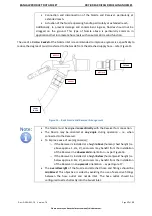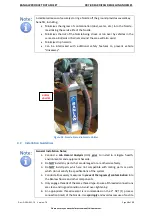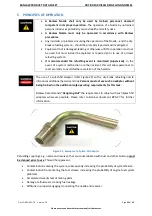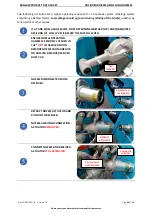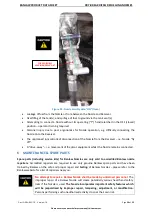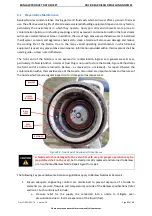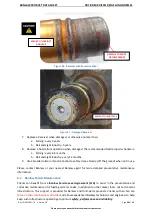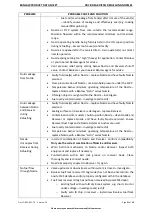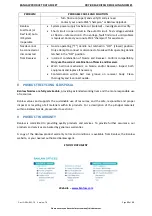
BANLAW PRODUCT DATA SHEET
DRY-BREAK DIESEL REFUELLING NOZZLES
Doc ID: PRH-REF-70 Version: 7.0
Page
22
of
32
Please ensure you have the latest version of this document.
5
PRINCIPLES OF OPERATION
•
A Banlaw Nozzle shall only be used by trained personnel, deemed
competent in its proper operation.
The operation of a Nozzle by untrained
persons introduces potentially serious health and safety risks.
•
A Banlaw Nozzle must only be operated in accordance with Banlaw
procedures.
•
Any incidents or problems involving the operation of the Nozzle
–
and the dry-
break refuelling system
–
should be promptly reported and investigated.
•
Equipment that is damaged, leaking or otherwise unfit for operation must not
be used, but must instead be replaced or repaired prior to use of a diesel
refuelling system.
•
It is recommended the refuelling event is monitored (supervised).
In the
event of a system malfunction or other incident, this will allow personnel to
react promptly to avoid further escalation of the hazards.
The use of a splash-fill adaptor (refer Figure 22) with a dry-break refuelling nozzle
introduces additional hazards and risk.
Persons must not use such an adaptor without
being trained on the additional safe operating requirements for this task.
Banlaw Recommends
“Designing
Out
”
the requirement to refuel with such Splash-fill
adaptors wherever possible. Please refer to Banlaw document BPA-27 for further
information.
Figure 22 - Example of a Splash-Fill Adaptor
Refuelling couplings, e.g. nozzle and receiver, that are contaminated with dust and other build-up
must
be cleaned prior to use
. This will help prevent;
•
Contamination entering the system, subsequently increasing the probability of system failure.
•
Contamination from entering the fuel stream, increasing the probability of engine fuel system
problems.
•
Accelerated wear & tear of mating parts.
•
Damage to fluid seals, creating fuel leakage.
•
Difficulty in properly engaging/connecting the nozzle and receiver.










